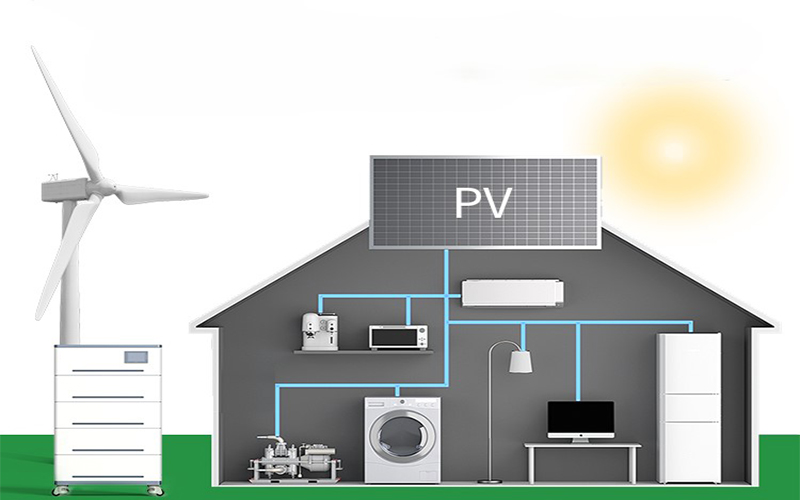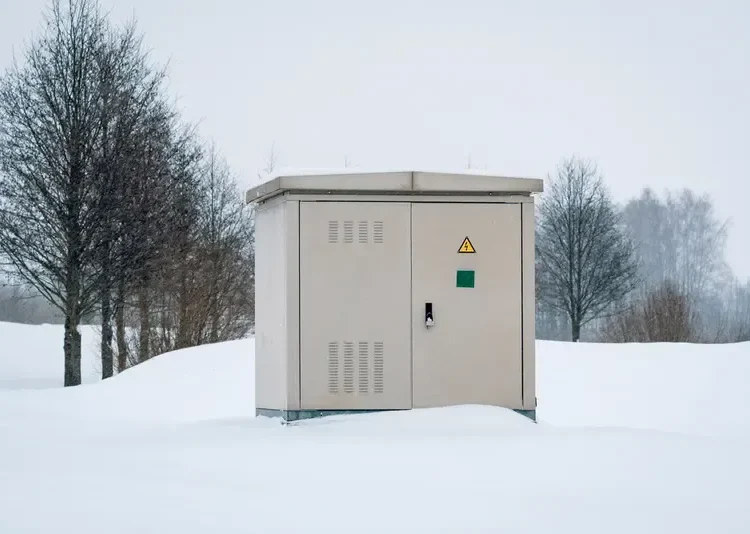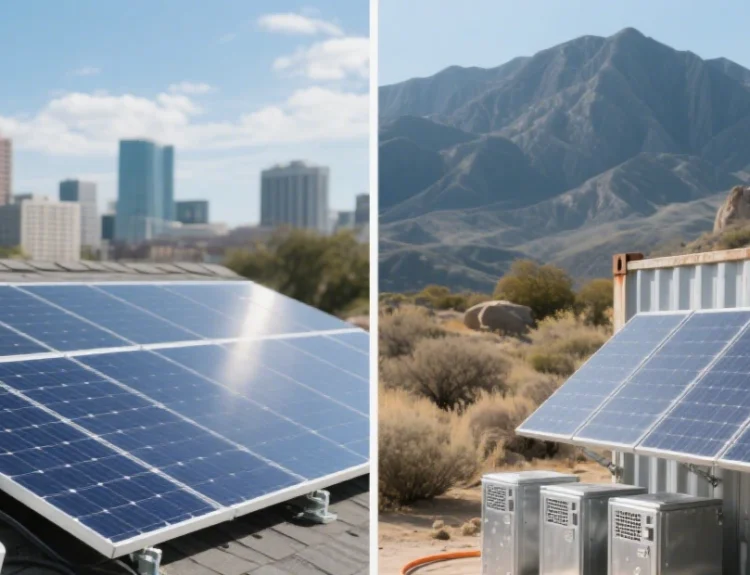As solar energy gains traction as a sustainable alternative to traditional energy sources, households are increasingly embracing solar systems to reduce costs and environmental impact. Over the past decade, advancements in technology, reductions in raw material prices, and supportive government policies have significantly decreased the cost of solar battery storage systems, making them more accessible than ever.
In this article, we explore the factors driving these cost reductions and their impact on the growing popularity of household solar energy systems.
1. Declining Raw Material Costs
The price of raw materials, including those used in solar battery storage, has steadily declined due to improved supply chains and technological innovations.
- Lithium-ion batteries, the industry standard for solar storage, have benefited from lower costs of materials like lithium and cobalt.
- Recycling advancements have also reduced dependency on newly mined resources, further stabilizing prices.
As raw materials become more affordable, the overall cost of manufacturing solar systems decreases, directly benefiting consumers.
2. Technological Innovations in Solar Storage
Breakthroughs in solar and battery technology have dramatically reduced production costs while improving performance:
- Higher energy density: Modern solar battery storage systemscan store more energy in smaller units, reducing material and production costs.
- Longer lifespans: Enhanced battery designs provide greater durability, increasing the return on investment for homeowners.
- New battery technologies: Innovations such as solid-state batteries and improved electrolytes promise further cost reductions in the near future.
These advancements make solar systems not only cheaper but also more efficient and reliable.
3. Economies of Scale
As demand for solar energy systems grows, manufacturers are increasing production to meet market needs.
- Larger production scales lead to reduced per-unit costs due to optimized production lines and better resource allocation.
- The global integration of solar supply chains has streamlined access to raw materials and reduced transportation costs.
These efficiencies allow manufacturers to offer high-quality solar battery storage systems at lower prices.
4. Government Policies and Incentives
Governments worldwide are playing a crucial role in reducing costs through supportive measures:
- Subsidies and tax credits: Many countries provide financial incentives for installing solar energy systems, significantly lowering upfront costs.
- Research and development funding: Investments in renewable energy technology drive innovation, further reducing production costs.
- Parity with grid electricity: In some regions, the cost of solar energy is already lower than traditional grid electricity, making it a cost-effective choice for households.
Future Trends in Solar Energy Costs
Emerging Technologies
- Solid-state batteriesand alternative solutions like sodium-ion batteries are poised to further disrupt the market with greater affordability and sustainability.
- Advanced energy management systems are improving the efficiency of solar battery storage systems, maximizing energy output while reducing operational costs.
Market Dynamics
- As more businesses and consumers adopt solar energy, increased competition will drive innovation and continue to lower prices.
- Supply chain challenges, including potential shortages of materials like lithium, may temporarily slow price reductions but are unlikely to reverse the long-term trend.
Should You Invest in Solar Energy Now?
While prices are expected to continue declining, current solar battery storage systems offer excellent value for immediate energy savings and independence from the grid.
- Financial benefits: Reduced electricity costs and government incentives make solar systems a sound investment.
- Environmental impact: Switching to solar energy helps reduce carbon emissions and promotes sustainability.
- Energy independence: Homeowners gain greater control over their energy use, particularly in areas prone to power outages.



